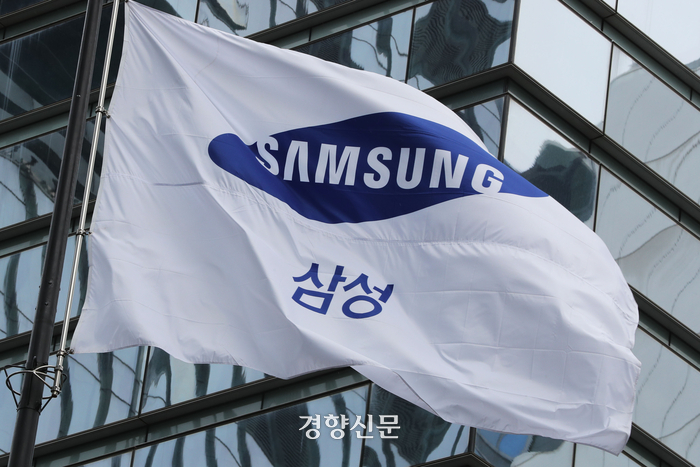Jensen Huang Backs Samsung's HBM Innovations at CES 2025
Jensen Huang confidently champions Samsung's HBM advancements, highlighting the critical need for innovation in the competitive semiconductor landscape.
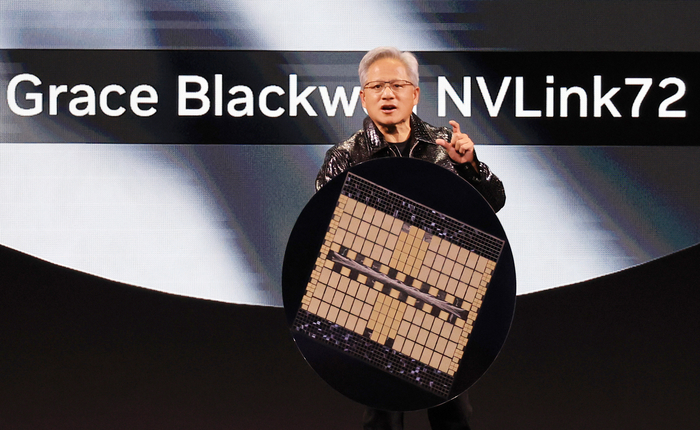
Key Points
- Jensen Huang
expresses strong confidence in
Samsung's ability to succeed in supplying High Bandwidth Memory (HBM) despite current challenges.
- Samsung's HBM technology is crucial for NVIDIA's upcoming products, emphasizing the need for rapid innovation in the semiconductor industry.
- Collaboration discussions between Huang and industry leaders signal potential partnerships aimed at advancing AI technology and memory solutions.
The semiconductor industry is undergoing significant transformations, with leaders like Jensen Huang, the CEO of NVIDIA, playing a pivotal role in shaping its future. Recently, Huang expressed strong confidence in Samsung's ability to supply High Bandwidth Memory (HBM) for NVIDIA's advanced applications. This endorsement comes amidst challenges Samsung is facing with its HBM production, but Huang believes that the company is on the right path. Huang's optimism highlights a belief in Samsung's potential to innovate and succeed.

Navigating Through Challenges
During a recent conference at CES 2025 in
, Huang discussed the current state of Samsung’s HBM development, emphasizing that the memory is still undergoing testing. Despite some setbacks, he remained positive, stating, "I believe Samsung will succeed. They need to create a new design, but they will accomplish this". This mirrors past instances in the tech industry where companies have overcome hurdles through innovation and determination.
Samsung's reputation as a leader in memory technology is well-established. The company was the first to develop HBM, an advanced memory type that stacks multiple DRAM chips vertically, significantly increasing data processing capabilities. However, competition is intensifying, particularly from rivals like
, which has successfully supplied HBM3E to NVIDIA. This competitive atmosphere adds pressure on Samsung to expedite their process while ensuring high quality, as evident from Huang's remarks regarding the need for swift improvements in their design.
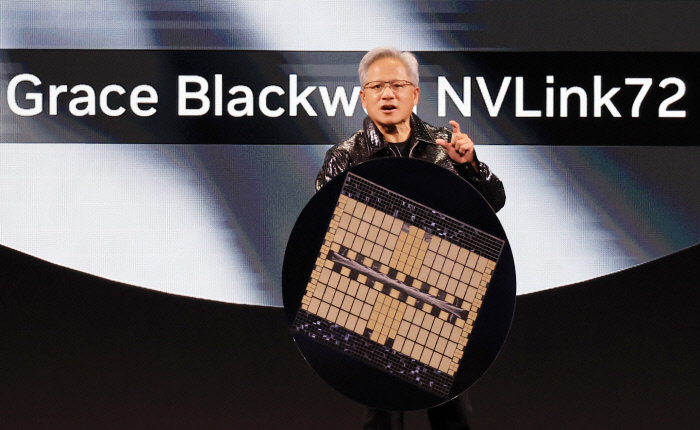
The Importance of Innovation
As Huang highlighted, the demands of artificial intelligence (AI) and high-performance computing equipment necessitate rapid advancements in semiconductor technology. The increasing demand for AI accelerators places Samsung's HBM supply in a crucial position, as NVIDIA relies on these memory chips for their next-generation products.
An example of this is NVIDIA's upcoming graphics cards, including the GeForce RTX 50 series. Huang previously noted that while the RTX 50 will incorporate memory from
, he remains hopeful for future collaboration with Samsung. This dynamic showcases both the competitive landscape and the necessity for continuous innovation within the semiconductor sector.
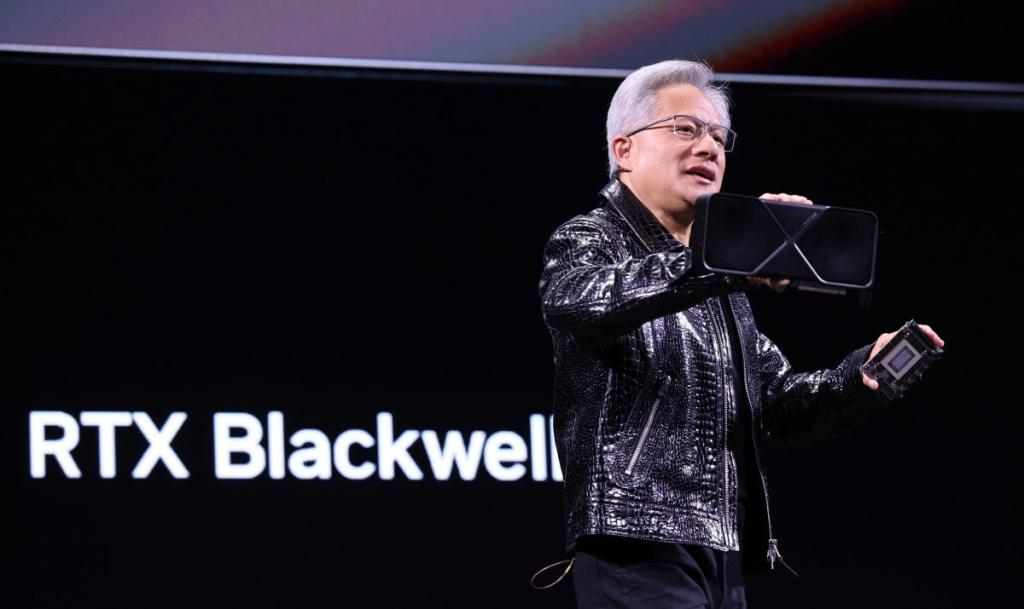
Insights on Future Collaborations
Looking ahead, Huang mentioned future discussions with key figures in the industry, including plans to meet with
Chairman
. Their discussions are expected to focus on strengthening partnerships in AI and HBM technology. This willingness to collaborate underscores the potential for synergistic advancements that could drive the entire sector forward. Huang's confidence in Samsung, despite the current challenges, may pave the way for more robust relationships in the tech landscape.
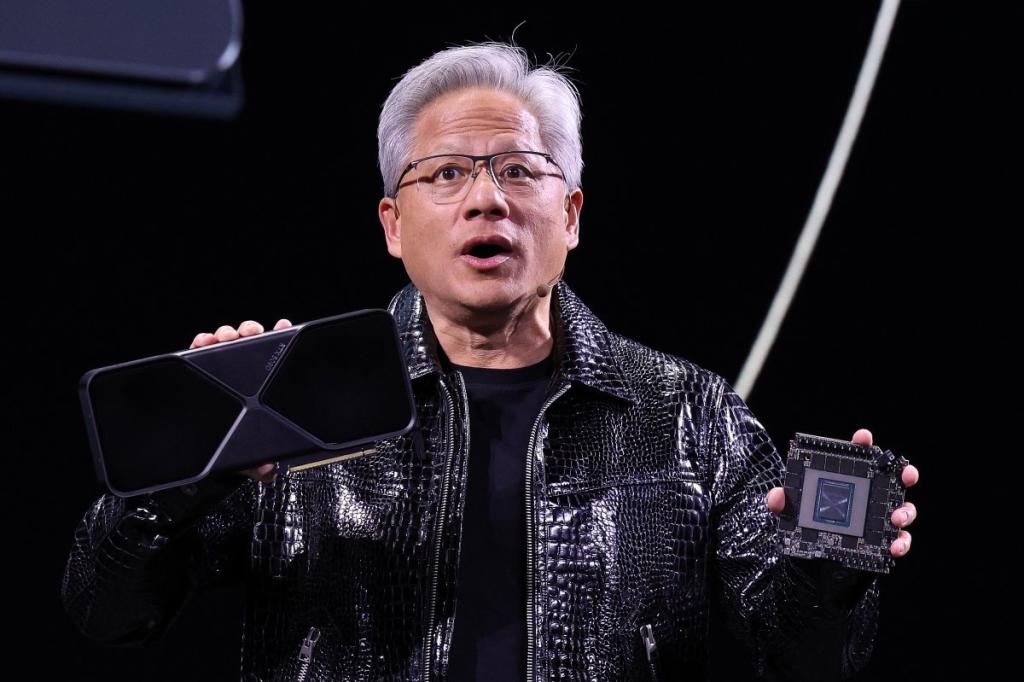
As the demand for high-performance memory solutions grows, the ability to innovate becomes increasingly vital. Samsung's commitment to overcoming its design challenges reflects a broader trend within the semiconductor industry, emphasizing that solutions to complex problems can emerge through perseverance and technological advancements.
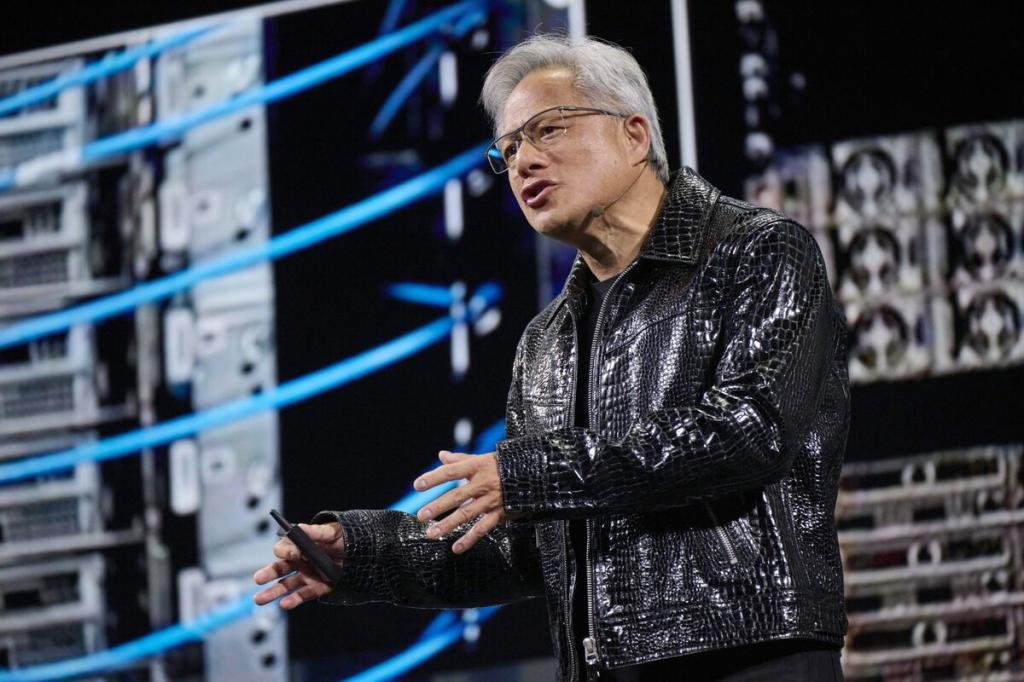
In summary, Jensen Huang's strong endorsement of Samsung's future in HBM supply highlights the importance of innovation and collaboration in the semiconductor industry. His remarks not only reinforce the potential for Samsung to rise above its current challenges but also signal that the industry is moving toward a more innovative future. As companies continue to navigate the dynamic landscape of technology, their resilience and commitment to improvement will be key drivers of success.
